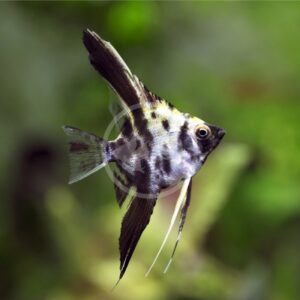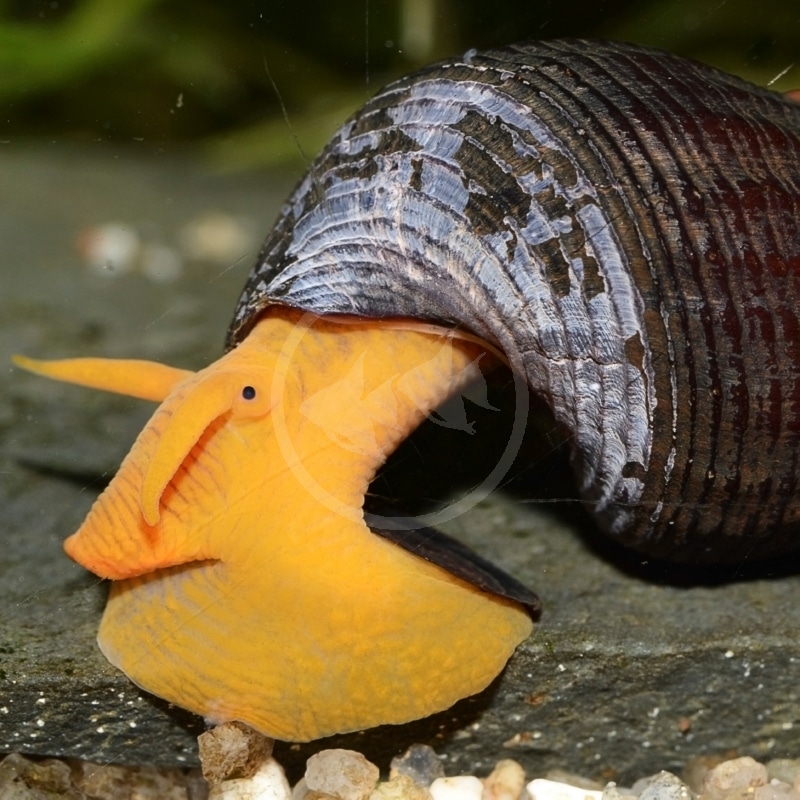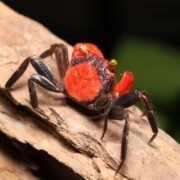
SNAIL – FW ORANGE RABBIT
Tylomelania sp
$14.99
The Orange Rabbit Snail is an eye-catching and unique aquatic invertebrate for the established freshwater aquarium. Their shell comes in shades of ivory and brown and in this instance, the snail itself is orange! Given that Orange rabbit snails can grow up to 3″ or 4″ in length, they do need more space than most other snail species.
Care Level: Easy
Temperament: Peaceful
Live Plant Safe: With Caution
General Description: The Orange Rabbit Snail is an eye-catching and unique aquatic invertebrate for the established freshwater aquarium. Their shell comes in shades of ivory and brown and in this instance, the snail itself is orange! Given that Orange rabbit snails can grow up to 3″ or 4″ in length, they do need more space than most other snail species.
Diet Requirements: Rabbit snails are herbivores, consuming various alga on the glass, decorations, and off of live plants. These snails are also opportunistic, consuming other foods that have made their way to the bottom of the aquarium. They will even clean up decaying or dead plant matter. If the aquarium appears sparse in such natural food resources, providing Rabbit snails with ocassional high quality algae wafers is appreciated.
Care Requirements: An established minimum 10 gallon aquarium is ideal for a single Rabbit snail. Size up accordingly to accomodate multiple individuals; more snails equates to more natural food resources needed to sustain them. Additionally, given that snails are constantly feeding they do produce a good amount of waste. In too small of aquariums, this bioload can become a problem. Rabbit snails are very intolerable of nitrite or ammonia spikes. Weekly or biweekly water changes are encouraged to keep water parameters up to standard (Nitrates < 20 ppm), especially a stable pH that is necessary for appropriate shell growth and maintenance. Avoid the use of copper based medications as this will cause harm to, or even kill, your snail. Rabbit snails tend to be active throughout most of the day – if your Rabbit snail suddenly sits in a single spot for a few days, it is encouraged to check that your snail is still alive by pressing on its trapdoor. A live snail will have some resistance or close its trapdoor, while a dead snail will be easy to maneuver this trapdoor or it may even be slightly open. Rotting snails can result in a sudden ammonia spike, which may be more dramatic in smaller aquariums. Rabbit snails are compatible with a range of community-type fish species. Avoid large cichlids, assassin snails or other carnivorous invertebrates such as crayfish that will make a snack out of your Rabbit snail. Some Rabbit snails have been observed to eat thin-leaved plants. Recommended water conditions, 72-82° F, KH 2-12, pH 7.5-8.5.
Purchase Size: Baby: 1/2” to 3/4′, Small: 1-1/2” to 1-3/4”, Medium: 2” to 2-1/2”
Note: Your item may not look identical to the image provided due to variation within species. Purchase sizes are approximate.
Dry goods orders are shipped via US Postal Service or UPS to the address provided at checkout based on the selection made in your website shopping cart. Product is carefully packed to help prevent any damage during shipping. Once processed you will receive a shipment notification via email with tracking number, and delivery notification. Please allow 48 hours for processing after your order is placed.
Perishable items (i.e. live plants, refrigerated/frozen foods) are shipped via US Postal Service 2-3 day to the address provided at checkout for a $25.00 flat rate charge. Items are packed with secure packing material and heat, cold, or Cryo packs as needed to maintain safe temperatures during transit. If one or more perishable items are in the shopping cart at checkout the $25.00 perishable shipping charge will automatically appear and need to be selected. Once processed you will receive a shipment notification via email with tracking number. Please allow 48 hours for processing after your order is placed.
Livestock (i.e. fish, invertebrates, coral) are shipped via UPS Overnight to the address provided at checkout for a $55.00 flat rate charge. Livestock is packed in insulated styrofoam boxes with secure packing material and heat, cold, or Cryo packs as needed to maintain safe temperatures during transit. If one or more livestock items are in the shopping cart at checkout the $55.00 livestock shipping charge will automatically appear and need to be selected. Livestock is shipped Monday through Wednesday ONLY (no weekend delivery is available) weather permitting, and we reserve the right to delay shipping until conditions are appropriate for safe arrival. Once your order is placed we will contact you to arrange the best shipping date based on these criteria. Someone must be available to receive the livestock order on the first delivery attempt. Once processed you will receive a shipment notification via email with tracking number. Please allow 48 hours for processing after your order is placed.
For mixed dry goods/perishable & livestock orders items will be shipped via their corresponding shipping methods outlined above. Dry goods will be shipped via US Postal Service or UPS based on your selection and checkout, while livestock will ship via UPS Overnight for a $55.00 flat rate charge. You will receive separate notifications and tracking numbers for the dry goods and livestock. Please note due to different carriers and shipping methods dry goods and livestock may arrive on different days.
Related products
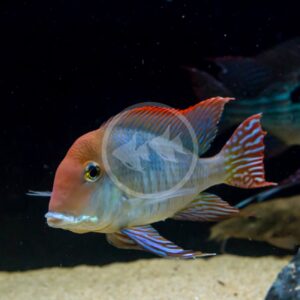
CICHLID – GEOPHAGUS TAPAJOS RED HEAD
Geophagus pyrocephalus
$19.99 – $69.99Price range: $19.99 through $69.99
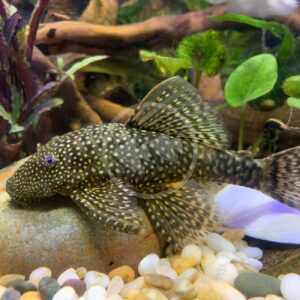
PLECOSTOMUS – BRISTLENOSE / BUSHYNOSE
Ancistrus sp.
$5.99 – $49.99Price range: $5.99 through $49.99

MINNOW – WHITE CLOUD MOUNTAIN GOLD
Tanichthys albonubes
$5.99
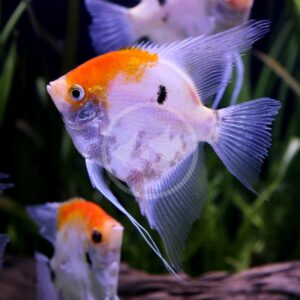
ANGELFISH – FW KOI
Pterophyllum scalare
$14.99 – $59.99Price range: $14.99 through $59.99
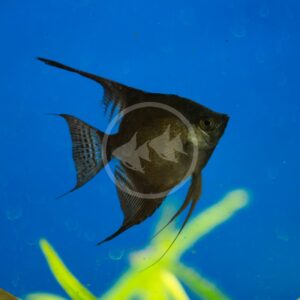
ANGELFISH – FW BLACK
Pterophyllum scalare
$6.99 – $49.99Price range: $6.99 through $49.99
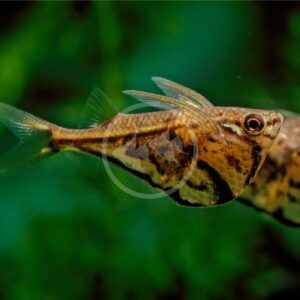
TETRA – HATCHETFISH MARBLE
Carnegiella strigata
$9.99

ANGELFISH – FW SILVER
Pterophyllum scalare
$9.99 – $39.99Price range: $9.99 through $39.99
